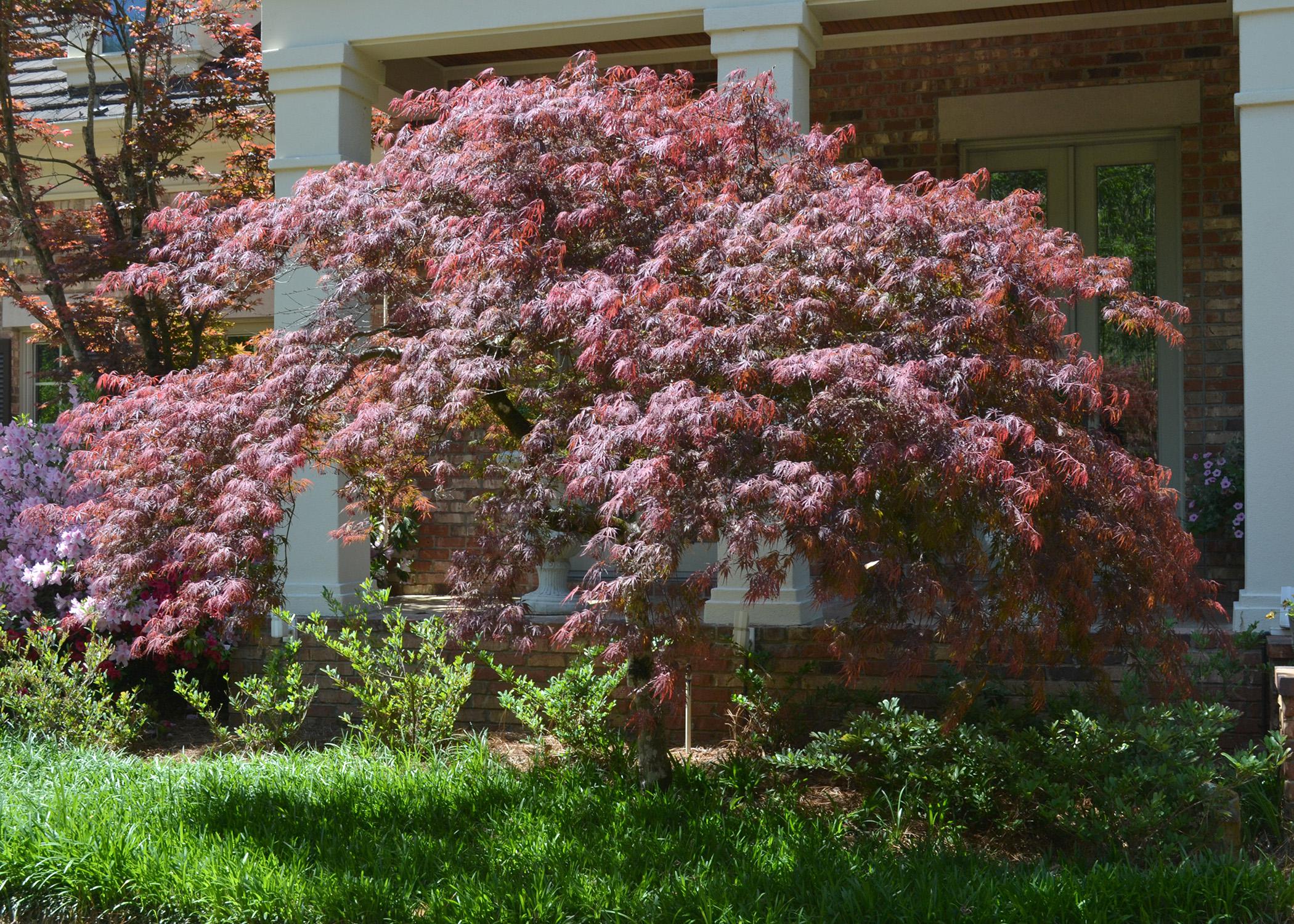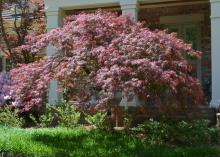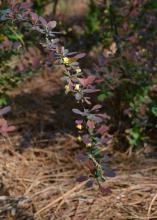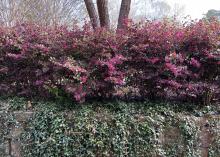Maroon foliage brings garden color, character
I’ve always been drawn to plants with maroon-colored leaves. There is something alluring about the way their deep hues add layers of depth, contrast and intrigue to a landscape.
Rich maroon foliage grounds a garden, making surrounding colors pop while adding a touch of drama and elegance. Let’s take a look at some standout plants.
Loropetalums are a hardy, evergreen shrub that offers year-round interest with deep burgundy foliage and fringed, fuchsia-pink flowers. These blooms contrast beautifully against the dark leaves.
They can be shaped into hedges or left to grow naturally. They’re easy to grow and drought-tolerant, once established. They thrive in full sun to partial shade, making them a reliable staple in Southern gardens.
I recently visited the home of Devo and Rosemary Lancaster in Grenada, Mississippi, where I enjoyed their collection of Japanese maples scattered throughout the property.
Their entire garden is a treasure trove of beautiful plants. I was inspired by their thoughtful use of color and texture, particularly from the plants with dark, moody foliage.
Japanese maples are deciduous trees that bring unmatched richness to the landscape. Their finely dissected leaves range from deep wine-red to almost black-maroon and flutter gently in the breeze. Each tree has a graceful branching habit that adds architectural interest year-round.
They can anchor a shady garden bed or serve as a standalone specimen. Japanese maples thrive best in partial shade, especially in our Southern heat, and they appreciate well-draining, slightly acidic soil. A layer of mulch around the base helps retain moisture and protect the roots during temperature swings.
Another plant in the Lancasters’ garden that caught my eye was the Japanese barberry. This compact, deciduous shrub is known for its dense, arching branches armed with small thorns and its rich, season-spanning color.
Their Japanese barberry has foliage that shifts from deep green to a rich maroon or burgundy as the seasons progress. Small, oval leaves are about one-half to just over an inch long, clustering beautifully along the stems.
Barberries typically bloom from April through May with dainty, pale yellow flowers. These tiny bell- or cup-shaped blossoms hang in small, drooping clusters and have a subtle fragrance that draws in bees and pollinators.
Bright red berries appear later in the season, clinging to the branches well into winter and providing food for birds. They also add a splash of color after the leaves drop.
Japanese barberry is easy to care for, requiring little pruning to maintain its shape. It prefers full sun to partial shade and thrives in a variety of soil types as long as drainage is good.
If you’re looking to bring a rich, maroon tone into your garden, check with local nurseries and garden centers for those plants with dramatic foliage. These can make all the difference in creating a landscape full of color and character.






